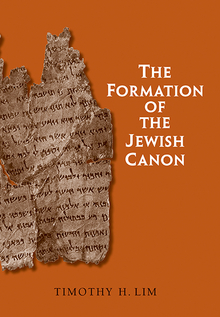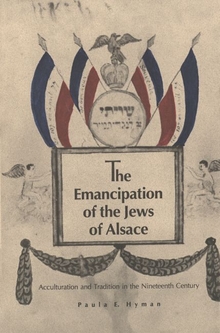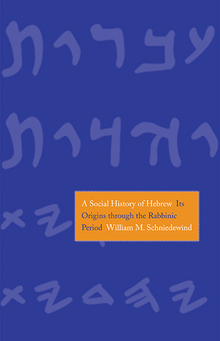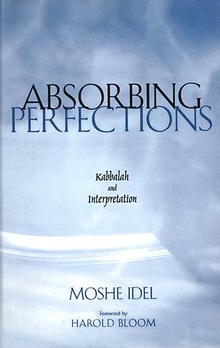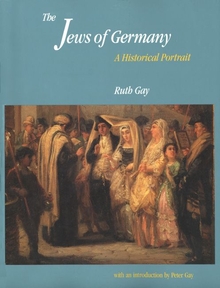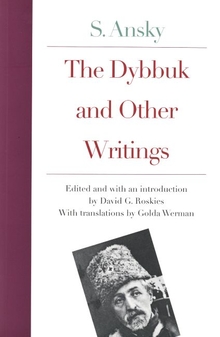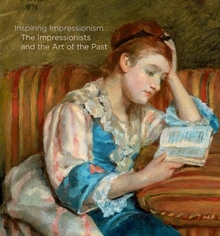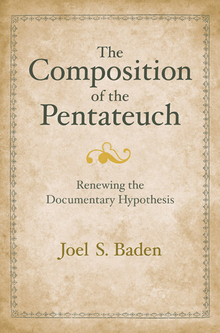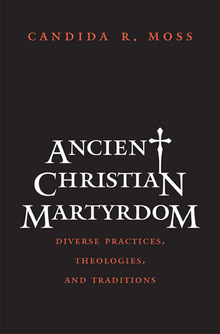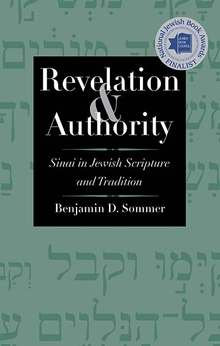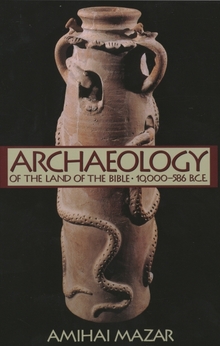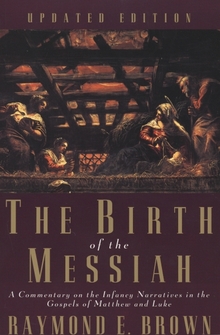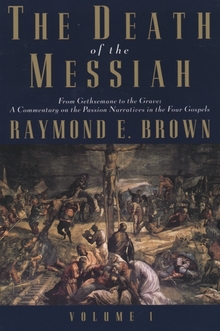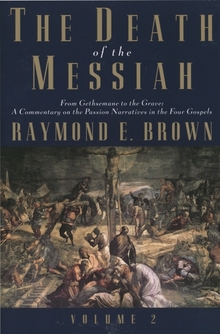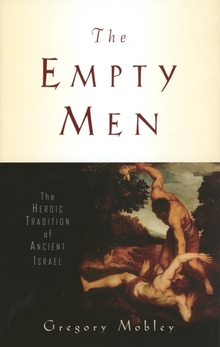The Formation of the Jewish Canon
WARNING
You are viewing an older version of the Yalebooks website. Please visit out new website with more updated information and a better user experience: https://www.yalebooks.com
Timothy H. Lim
The discovery of the Dead Sea Scrolls provides unprecedented insight into the nature of the Hebrew Bible or Old Testament before its fixation. Timothy Lim here presents a complete account of the formation of the canon in Ancient Judaism from the emergence of the Torah in the Persian period to the final acceptance of the list of twenty-two/twenty-four books in the Rabbinic period.
Using the Hebrew Bible, the Scrolls, the Apocrypha, the Letter of Aristeas, the writings of Philo, Josephus, the New Testament, and Rabbinic literature as primary evidence he argues that throughout the post-exilic period up to around 100 CE there was not one official “canon” accepted by all Jews; rather, there existed a plurality of collections of scriptures that were authoritative for different communities. Examining the literary sources and historical circumstances that led to the emergence of authoritative scriptures in ancient Judaism, Lim proposes a theory of the majority canon that posits that the Pharisaic canon became the canon of Rabbinic Judaism in the centuries after the destruction of the Jerusalem Temple.
Timothy H. Lim is Professor of Hebrew Bible & Second Temple Judaism at the School of Divinity, University of Edinburgh.
"Timothy Lim offers a comprehensive exploration, wrestling with the ancient sources and modern scholars, deposing the old “early tripartite” consensus. His argument is intelligent, balanced, and non-polemical."—Eugene Ulrich, University of Notre Dame
“With great learning and great clarity, Timothy Lim studies the origins and significance of the canon of the Hebrew Bible. This book instantly becomes the point of departure for all future discussions of the subject.”—Shaye J.D. Cohen, Harvard University
"Timothy Lim has dispassionately examined one of the most intractable problems in biblical studies, with detailed attention to the ancient sources, and the result is a magnificent contribution to an increasingly lively field. All biblical scholars should read it.”—John Barton, University of Oxford
"In this cogently argued book, Timothy Lim’s important and fresh interpretations of all of the pivotal ancient texts are informed by his considerable knowledge of the relevant ancient languages and his advanced awareness of both canonical and non-canonical literature. An excellent volume!’’—Lee Martin McDonald, Acadia Divinity College, Nova Scotia
“Lim has written a disciplined, substantive study of the evidence from ancient texts regarding the development of a Jewish canon and the many modern publications about the topic. The result is a valuable, up-to-date addition to the literature on this fascinating subject.”—James VanderKam, University of Notre Dame
"Lim is a confident guide through the sources and the debates regarding the formation of the Jewish canon. In this essential and readable book, he deftly explores the problems of interpretation and recovery, cogently arguing for a persuasive yet nuanced position of his own."—Judith Lieu, University of Cambridge
“A valuable contribution to biblical scholarship”—Jay Michaelson, Forward
ISBN: 9780300164343
Publication Date: October 22, 2013
Publication Date: October 22, 2013
304 pages, 6 1/8 x 9 1/4

